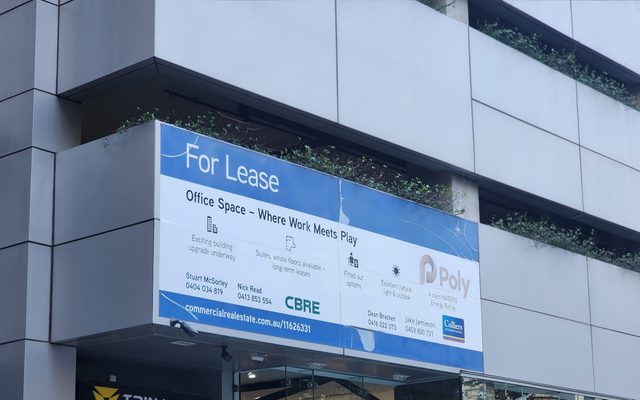This article is from the Australian Property Journal archive
CONTINUED decline in private sector housing coupled with falls in the volatile apartments sector has weakened dwellings approvals in May, according to the Australian Bureau of Statistics.
According to the ABS, dwelling approvals fell by 6.5% in May, to 12,438 units following a revised rise of 5.4% in April.
Approvals are up by just 0.2% in the past year.
Private-house approvals fell by 1.2%, to 8,729 units – but remains 1.7% higher in the past year.
Meanwhile, the volatile private other dwellings fell by 18.2% after a revised rise of 11.9% in April. In the past year they show a fall of 4.2%.
In trend terms, approvals have fallen in the past six months, and are down by 1.4% in the past year. The trend estimate for private-sector houses has also fallen in the past five months, to be up by 1.3% in the past year.
Of the states, New South Wales fell 3.2% in trend terms. Levels of approvals in NSW are already bouncing around 25 year lows, with significantly higher developer charges than other states compounding the negative impact of higher interest rates.
Victoria and Queensland experienced falls of -1.1% and -0.8% respectively. However, levels in these states still remain at, or above, long term averages. The results in other states and territories were mixed: in South Australia approvals were up 2.0% and Tasmania recorded a 0.8% increase, whereas Western Australia (-2.4%), Northern Territory (-6.4%) and the ACT (-7.4%) were all down.
The value of residential approvals fell by 5.4% in May the fifth fall in the past six months, with new residential building down by 4.6%, and additions and alterations down by 10.2%. The value of non-residential building approvals rose by 9.6%.
ANZ’s senior economist Katie Dean said looking forward, the current weakening trend in building approvals points to a slowing of dwelling investment growth of around 1-2% per quarter in H2 2008 (after posting 0% growth in Q1).
“However, due to the very strong underlying demand that characterised the housing market in Australia we have not seen, nor do we expect to see, the collapse in building activity that is usually associated with sharp increases in interest rates.
“Although the RBA will welcome the contribution to slower domestic demand growth, the lack of additional housing supply has also served drive rents significantly higher. With vacancy rates at record lows, double digit rental growth will be a permanent feature of the inflation data over the next 12-18 months,” she concluded.
Australian Property Journal



